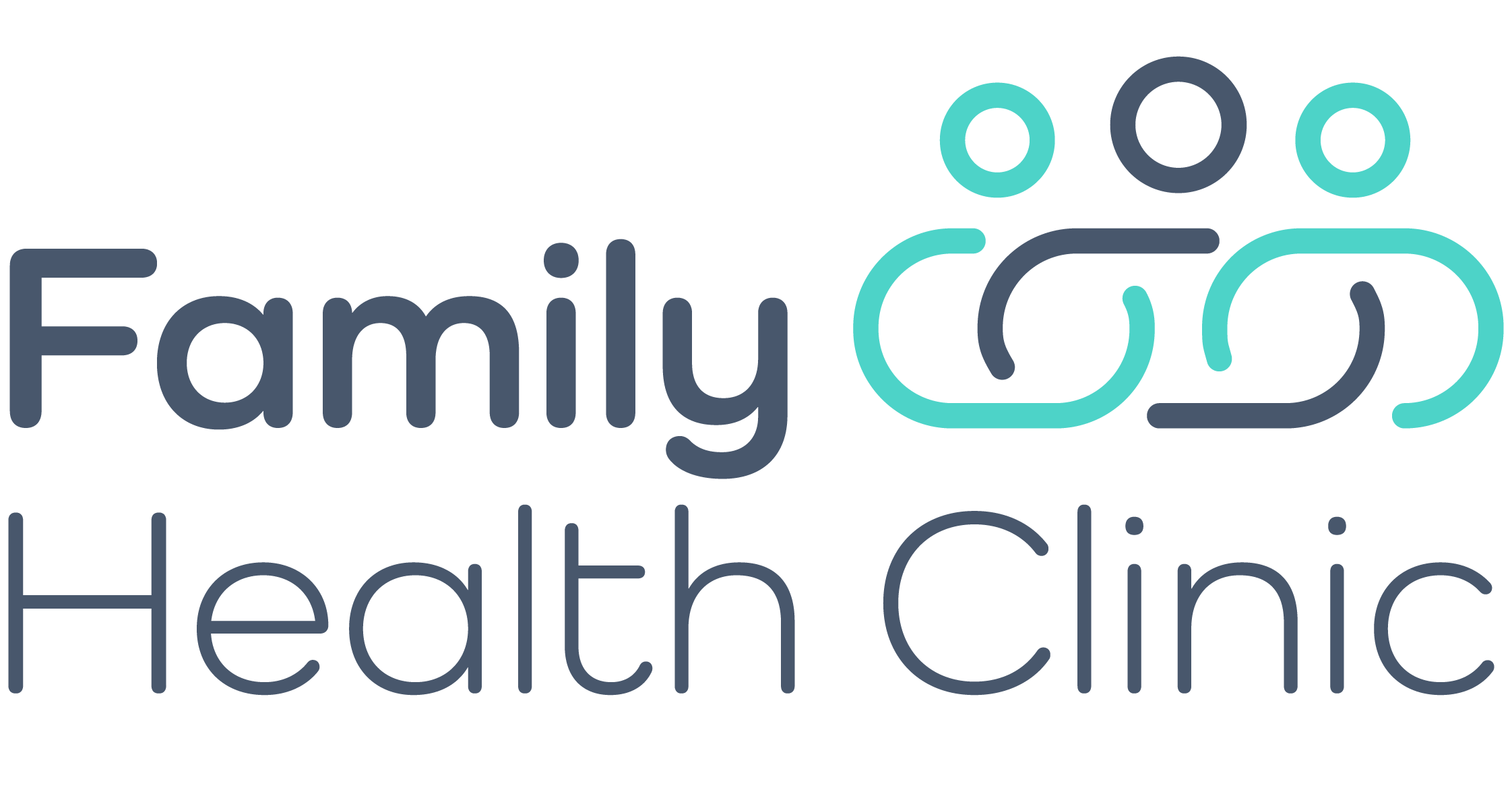Iron Deficiency
Iron deficiency is a common nutritional disorder characterised by a lack of a sufficient amount of iron in the body to meet its physiological needs. Iron is an essential mineral crucial in various physiological processes, including forming haemoglobin (a protein in red blood cells that carries oxygen from the lungs to the rest of the body). Few studies have reported the prevalence of iron deficiency or anaemia in the Australian population.
Scientific Facts about Iron element in the body
- Most body iron (2.6g of 3–4 g) circulates as haemoglobin (Hb), recycled when red cells senesce.
- One gram is stored in the liver, and 0.4 g in myoglobin and cytochromes. Small amounts (3 mg) circulate bound to plasma transferrin.
- Men and non-menstruating women lose about 1 mg of body iron per day;
- menstruating women may lose an additional 1 mg daily on average.
- Full-term babies are born with 180 mg iron but must double their red cell mass within 12 months.
- Requirements escalate rapidly during adolescence with increasing blood volume and lean body mass, compounded in females by the onset of menstruation and maternal red cell mass increases in pregnancy.
- Dietary iron comprises both haem (animal sources) and non-haem iron (cereal and vegetables). Haem iron (bound to Hb and myoglobin) is better absorbed than non-haem iron.
Causes of Iron Deficiency
There are several causes of iron deficiency, including:
- Inadequate Dietary Intake: Not consuming enough iron-rich foods, such as red meat, poultry, fish, beans, lentils, tofu, and fortified cereals, can lead to iron deficiency.
- Poor Iron Absorption: Certain conditions, such as celiac disease, inflammatory bowel disease, and gastric bypass surgery, can interfere with iron absorption from the digestive tract.
- Increased Iron Requirements: Certain life stages, such as pregnancy and infancy, as well as periods of rapid growth, can increase the body’s iron requirements.
- Blood Loss: Chronic blood loss, whether due to gastrointestinal bleeding, heavy menstrual periods, or other causes, can deplete the body’s iron stores over time.
Symptoms of iron deficiency may include:
- Fatigue and weakness
- Pale skin
- Shortness of breath
- Headache and dizziness
- Cold hands and feet
- Brittle nails
- Pica (craving for non-food items, such as ice or dirt)
Therapy
1-Dietary Therapy
Increasing iron consumption and optimising absorption by minimising inhibitors and maximising enhancers may be valuable for preventing iron deficiency. Certain foods and drinks affect how much iron your body absorbs.
To boost iron absorption:
- Consume vitamin C (found in fruits and vegetables).
- Include animal protein (haem) with plant (non-haem) sources of iron, such as meat with beans – for example, beef and kidney beans in a chilli con carne.
- Cook plant sources of iron (such as vegetables). In most cases, cooking increases the amount of available non-haem iron in vegetables. For example, the body absorbs 6% of the iron from raw broccoli, compared to 30% from cooked broccoli.

Foods and drinks that reduce your body’s ability to absorb iron:
- Soy proteins can reduce absorption from plant sources.
- Tea, coffee and wine contain tannins that reduce iron absorption by binding to the iron and carrying it out of the body.
- Phytates and fibres found in wholegrains, such as bran, can reduce iron absorption and other minerals.
- Inadequate vitamin A in your diet could lead to iron deficiency because vitamin A helps to release stored iron.
- Calcium and phosphorus reduce the absorption of plant-sourced (non-haem) iron.
2- Oral therapies
Although over 100 preparations containing iron are available over the counter in Australia, few have sufficient elemental iron to treat Iron deficiency effectively.
Parenteral iron therapy
3- Intramuscular (IM) iron therapy
Although IM injection of iron is effective, it is painful, associated with permanent skin staining and no safer than IV infusions. Its use is therefore discouraged.

4- Intravenous (IV) iron therapy
While oral iron remains the cornerstone of Iron deficiency therapy, some patients require IV iron therapy.



